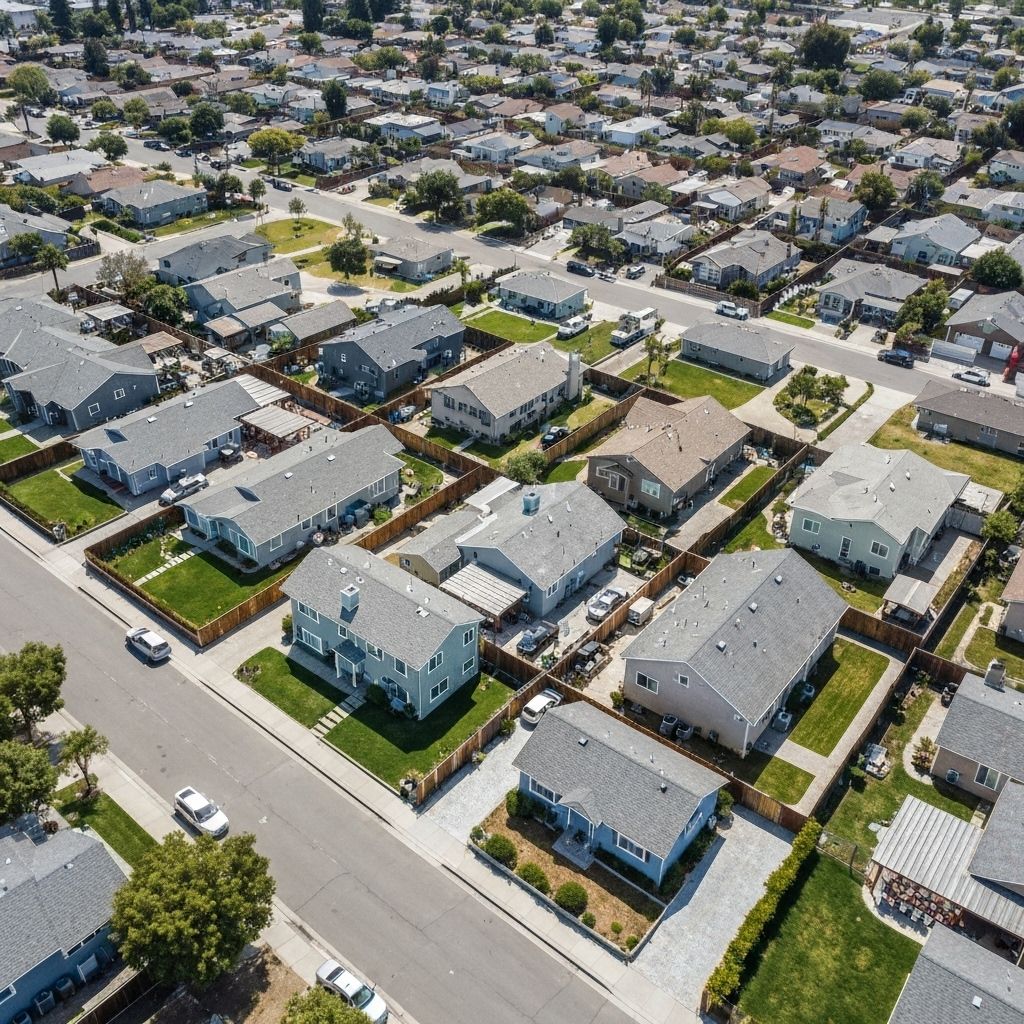
Legal & Permits
ADU Zoning Laws in Los Angeles: 2025 Complete Guide
ADU Build Pros Team
Everything you need to know about current ADU regulations, setback requirements, and permit processes in LA County.
Everything you need to know about current ADU regulations, setback requirements, and permit processes in LA County.
Full article content will be added here. Edit this post in Sanity Studio to add the complete article body with headings, images, and formatting.
About ADU Build Pros Team
Expert ADU builders and consultants with years of experience in Los Angeles area construction and design.
